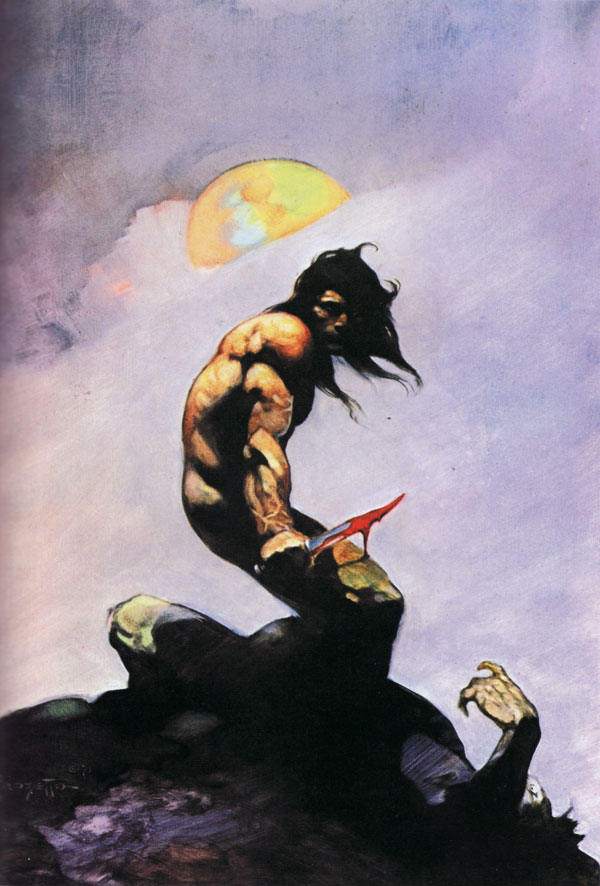Sunflower Pollen - Pigment/Paint
Our house is still ramping up its dye-making capabilities. The
garden continues to grow enough that we can now harvest the Madder roots
without depleting the patch (started
in 2011 –link to post). The basement
will soon be a functional workshop, with plenty of lighting, a sink, electricity,
and benches.
Thanks to my wife’s gardening, we have plenty of sunflowers. Some are of the Hopi variety, the seeds of
which have been used by Native American Indians to prepare purplish/gray dyes. Whereas I hope to make my own paints, she plans
to dye fabric (DesignLab link)...so expect a post later on the seed-dye making. Many flowers are brought into the house and drop pollen.
Given the nature of pollen to be colorful, tiny, and sticky, I
started collecting it to use as pigment. First we had to replace the fabric tablecloth beneath
the vase that was being “painted”; aluminum foil worked well since the pollen
did not adhere to it, and it could be folded into a funnel to deliver the pollen into a jar.
Sun Flower Pollen - Microstructure
To learn about how it may work as a pigment, let’s have a look at the pollen grains: (1) dry, (2) in oil, and (3) in water. Below, the
pollen-in-air color image is a brightfield microscopy image; to show the
detail, differential interference contrast microscopy (monochrome image) was
performed. Most were a-spherical (“not spheres”) and ~10microns in
width (that’s ~1/10 the length of a human hair). Clearly their spikes help them to stick to
substrates. The grains are a mixture
from several sunflower plants. Most were
yellow, but some were purple.
To make paint, pigments are dispersed into liquids. These host liquids are usually water-like or
oil-like. Actually, microscopists often embed
dry samples into liquids, to reduce scattering and improve imaging (this works
if the samples do not react or transform in the liquid). These immersion tests reveal how these grains
may be color-fast (or not).
Turns out, the sunflowers lost their color in the oil; but their
shell shapes did not change. This means that the pollen is filled with a hydrophobic
liquid (dye), and that the shells are porous.
Actually, the spherical grains seemed to leak less (I will have to
investigate further if only certain sunflowers produce those). In water, the yellow dye was slowly replaced. It was shot out of the shell as drops. This confirms that the dye is hydrophobic,
and that the shells are porous.
This work will inform a paint recipe. The observations are somewhat aggravating
since they indicate it may be difficult to keep dye inside the grains whether a
water-paint or oil-paint is made. For
now, I will keep collecting the pigment and will lean toward design an aqueous
host phase.




































